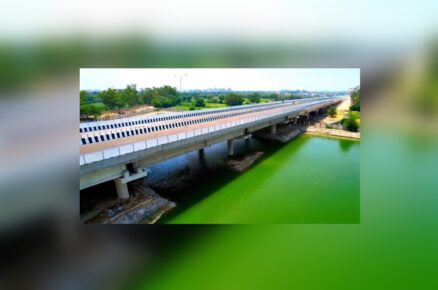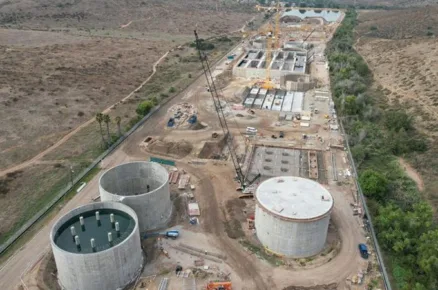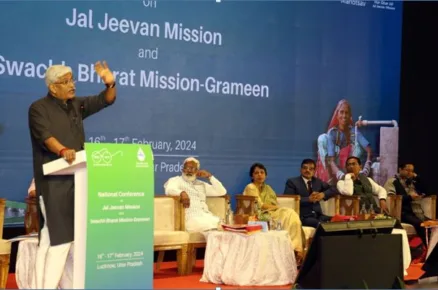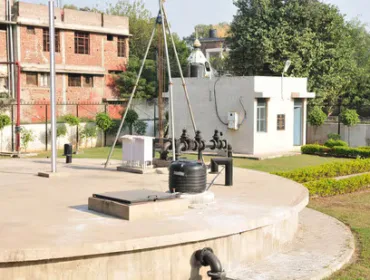WD News: While the Delhi government had promised to clean the Yamuna to bathing standards by 2025, the pollution load in the river has increased substantially over the last five years, according to a report by the environment department.
The report shows that barring in one region, the annual average concentration of Biological Oxygen Demand (BOD) increased at every location of water sample collection for testing in the national capital.
The Delhi Pollution Control Committee (DPCC) collects these river water samples.
Yamuna river can be considered fit for bathing if BOD is less than 3 milligram per litre and dissolved oxygen (DO) is greater than 5 milligram per litre.
Untapped wastewater from unauthorised colonies and slums, and poor quality of treated wastewater discharged from Sewage Treatment Plants (STPs) and Common Effluent Treatment Plants (CETPs) is the main reason behind high levels of pollution in the Yamuna.
Delhi generates around 769 million gallons of wastewater a day. The 35 STPs located at 20 locations across the city can treat up to 632 MGD of sewage and have been utilising around 90 per cent (570 MGD) of their capacity.
Only nine STPs, with a cumulative treatment capacity of 133 MGD, comply with the prescribed standards for BOD and Total Suspended Solids (TSS) for treated wastewater – 10 mg/l each.
The Delhi Jal Board (DJB) is constructing new STPs and rehabilitating the existing ones to be able to meet the prescribed standards.
According to government estimates, the DJB will be able to treat 925.5 MGD of wastewater as per the new standards by December 2023.
Source: Economic Times
Image Courtesy: ShutterStock














